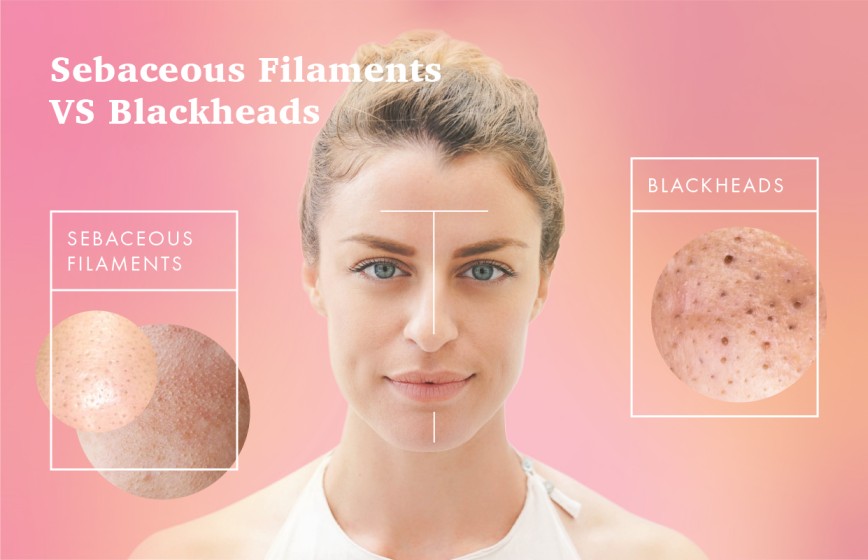In his “sweat science” column, Alex Hutchinson reported on some recent studies that requite an update on the question of whether there are health issues associated with excessive endurance training. I have discussed this previously (here, here, and here) it stuff a matter of some interest to me as I like to endurance train a lot. The first study is a recent one from Sun-Yat-Sen Univerity in China [1]. This confirms that although people that do a upper volume of endurance exercise tend to have higher calcium scores in their coronary arteries (an indication of arterial plaque), it is a healthful condition considering the plaque tends to be stable. This latest study shows that on long-term follow-up, the high-volume athletes have no greater risk of wrongheaded cardiac events.
A second study [2] disputes the “J-curve” that has been previously reported for all-cause mortality vs. the value of exercise. It is well-known that exercise reduces the risk of mortality, but some previous studies have shown that the risk of death goes when up for lattermost amounts of exercise. This is controversial as some studies have found this effect but others haven’t. The new study highlights a flaw in the methodology of the previous studies that detected a J-curve. Rather than track the very ongoing exercise habits of the people stuff followed, the previous results unscientific the value of physical worriedness just based on a questionnaire administered at the whence of the study. In the present study, the value of exercise was continuously tracked for over 30 years in a large (more than 100,000) sample of people. The “J-curve” was not found: exercise reduces the risk of all-cause mortality, including upper volumes of exercise.
I still like to hedge my bets on this. I do a upper value of exercise but a large percentage of it is at relatively low intensity, increasingly like brisk walking or equivalent. I do exercise at higher intensities, but at a lower volume. As I’ve discussed previously (here and here) this is a good combination of exercise for constructive training, health benefits, and relaxation.
References
- Gao J, Hao Q, Lu L, et al, “Associations of long-term physical worriedness trajectories with coronary street calcium progression and cardiovascular disease events: results from the CARDIA study”, British Journal of Sports Medicine 2022.
- Hoong Lee, D, et al, “Long-Term Leisure-Time Physical Worriedness Intensity and All-Cause and Cause-Specific Mortality: A Prospective Cohort of US Adults”. Circulation. 2022.







